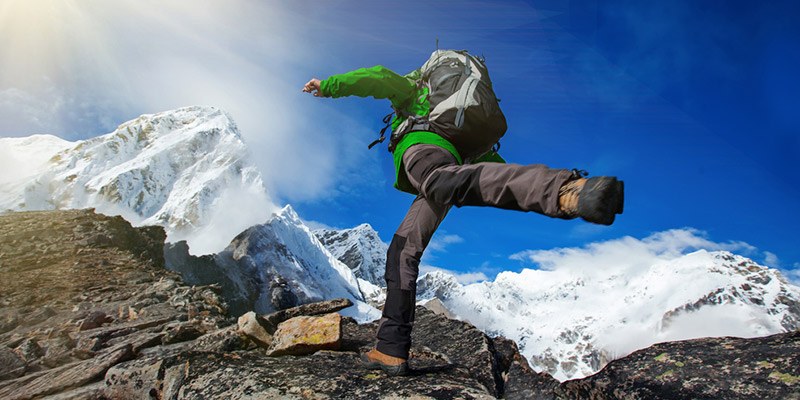Nepal is a country of monasteries, Buddhist temples, and among the eight highest mountain peaks in the world. The mountains of Nepal attracts like a magnet, climbers and travellers who are fond of hiking, and it is clear why – 85 percent of the country is covered with the majestic Himalayas.
What routes are there?
The routes are designed for both complete newcomers and trained travellers. If the route lasts more than a day, the tour is designed so that every night tourists will spend the night in comfortable cottages or guesthouses with a shower and Wi-Fi.
If your visit is first time visit in Nepal then select trekking routes that no longer than 5 days. For hiking in the mountains, you do not need physical training of a professional athlete. You can always stop for a break, the guide will not push you.
Find and choose the best trekking company in Kathmandu Nepal, they will provide the best option for the easy trekking. We will help you to find the best trekking options.
When to go to Nepal
It all depends on the specific trekking route, if the height does not exceed 3000 meters, then it is better to pass them from April to October. More serious heights are best to conquer from May to July. For each particular region before the trip, we recommend watching the weather forecast and seasonality of hikes. Read: When is the best time to go to Nepal?
Mountain sickness
Consider that mountain sickness usually begins at an altitude above 3500 meters. So if you do not have special training, then choose your track so that it does not exceed this height.
Also, we do not advise to go on jeeps on “high tours”. Since the body must get used to the height gradually.
What to take with you
If you are not going to Everest for the first time, then you will not need a lot of equipment. The main thing, do not forget that everything will have to be borne by yourself. We will provide you with a porter on trekking.
Backpack: Be sure to marching. The number of litres (capacity) depends on the number of things that you carry with you. According to experienced trekkers, 40-50 litres is the optimal volume.
Footwear: Buy good trekking boots, weak it in advance so that they do not begin to rub and cause discomfort during the campaign. If the track is not very difficult, then you can do with good sneakers.
Warm clothes: The heat and the sun during the day may be misleading, but warm things are needed. As you rise higher, the temperature at night will drop lower and lower.
Charging and electricity: With electricity in the mountains may trouble for you. Normal rain or strong wind is enough to turn off the power supply. So take with you the necessary number of batteries for the equipment and do not forget about the banks.
Food/water: Water, as a rule, is not included in the price of the track. You can buy it in the shops on the trail. You can drink this water safely. There are possible in different guesthouses, which are found along the way. It is better not to try exotic food since the nearest good hospital is not in Nepal.
Life hacking. Order the best dish Dal Bat – this is rice with different additives. Serve it either with vegetables or chicken. An additive can be asked for free until you are full! Will add everything, except portions of meat. The dish is quite tasty and satisfying! As the locals say, Dal Bhat power 24 hours!
Maps / GPS: It is worth taking if you go to the track alone. If with a guide, there is no point in this.
Read: What to bring for trekking: Trekking equipment/gear list needed for trekking
Other:
1. Road first-aid kit.
2. Sticks for trekking (at your discretion). On simple tracks, they are not needed.
3. If the backpack allows, grab a second pair of shoes.
5. Sunscreen. During the day in the sun, you can quickly get burnt.
6. Insurance, which applies to trek. Check carefully.
7. Thermos and tea bags. At any parking lot, you can pour boiling water for free.
8. Shoe dryers and a small hairdryer. A hair dryer can be dry things)
Overnight: You will spend the night in guesthouses (guest houses). The rooms are very simple, the conditions are spartan. The walls are made of chipboard, almost no soundproofing. But there is a comfortable bed with a very warm blanket, a socket, a hanger and fabulous views: almost all the windows overlook the mountains.
As a rule, there are hot water in the guesthouses and a shower where you can wash (free of charge). Water can be in limited quantities, so do not forget about other guests. Wash things have hands, no washing machines are not there. But to dry wet things can be at the stove. Each guesthouse has a large stove-stove in the common room. In the evening, large groups of travellers from all over the world gather around her’
There, in the guesthouse, you can ask to prepare your breakfast/lunch/ dinner. Everything is tasty and inexpensive.


Comments